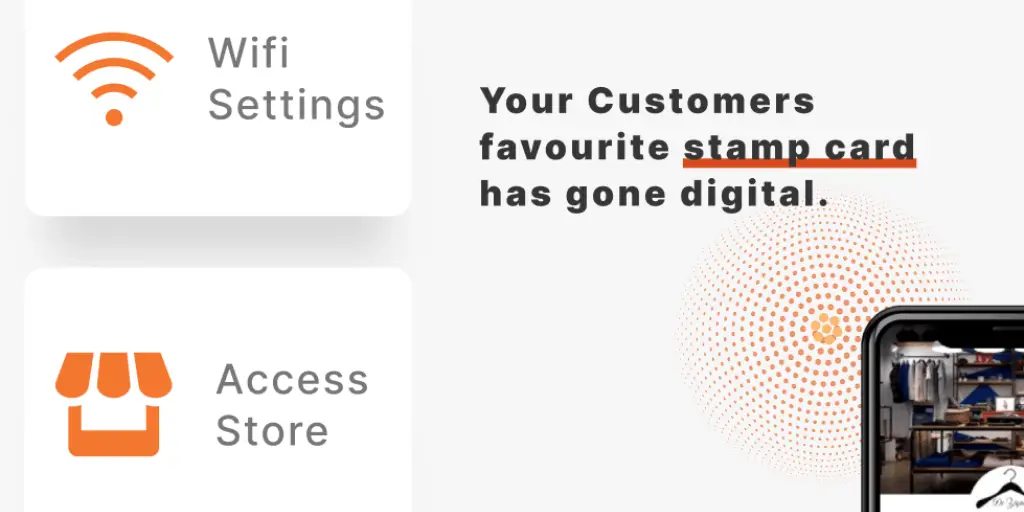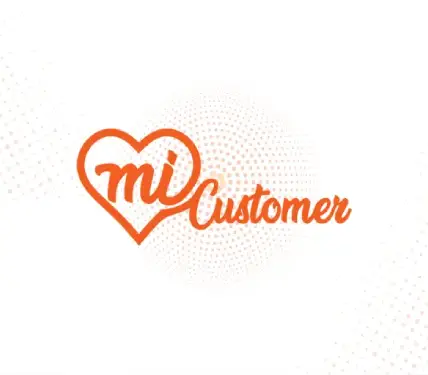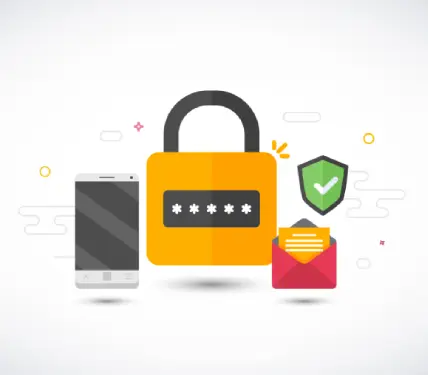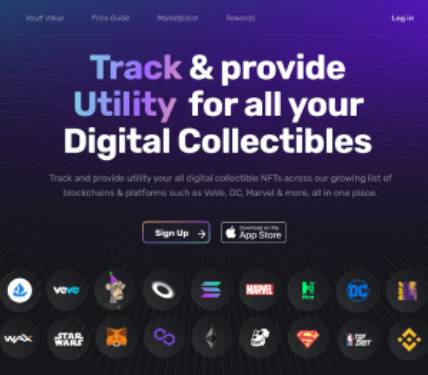
Brief

Challange -The client came up with idea
- Exclusive App Usage: Tablets should run only the custom application without access to other apps.
- USB Transfer Restrictions: Prevent users from transferring files via USB.
- Prevent Sleep Mode: Ensure tablets do not enter sleep mode when disabled by admin.
- Volume Control Restrictions: Users should not be able to change the volume if restricted by the admin.
- Battery Optimization: The application should be optimized for minimal battery consumption.
- Automatic App Updates: Ensure the application updates automatically without user intervention.
- Maintenance Mode: Admins should be able to temporarily exit kiosk mode for maintenance purposes.
Solution
1. Locking Tablets to a Single App (Kiosk Mode)
To ensure the tablets only run the custom application, Android’s Managed Google Play and Device Policy Controller (DPC) were utilized. The tablets were configured to operate in kiosk mode using Android’s lock task mode.
2. Restrict USB File Transfer
Device management policies were enforced to disable USB file transfer using an Enterprise Mobility Management (EMM) solution. Policies were applied to block USB connections.
3. Prevent Access to Other Apps
By setting the tablets in kiosk mode, access to other applications and system settings was inherently restricted.
4. Prevent Sleep Mode
To ensure the tablets did not enter sleep mode, wake locks were implemented within the custom application.
5. Restrict Volume Changes
The volume control was locked using Device Policy Manager to prevent users from changing the volume settings.
6. Optimize Battery Consumption
The custom application was optimized for battery efficiency by minimizing background operations and using efficient coding practices. Battery-saver modes were implemented to manage power consumption effectively.
7. Automatic App Updates
Managed Google Play was configured to ensure that the custom application would update automatically.
8. Temporary Exit from Kiosk Mode (Maintenance Mode)
An admin authentication feature was integrated into the application, allowing authorized personnel to temporarily exit kiosk mode for maintenance.
Outcome
The implementation of these solutions resulted in:
- Enhanced Security: Tablets were securely locked to the custom application, preventing unauthorized access and usage.
- Operational Efficiency: Maintenance tasks were streamlined through the admin authentication feature, allowing temporary exit from kiosk mode.
- User Experience: Customers experienced uninterrupted service as the tablets remained on and operational without sleep mode interruptions.
- Cost Savings: Battery optimization ensured longer usage times, reducing the need for frequent charging and extending the life of the devices.
Tools
UI/UX
- Adobe XD
Front end Devlopment
- Unity
Backend Development
- Laravel
3D Modeling/ animation
- Maya Autodesk
- Blender
- Adbe Illustrator
Cloud Solution
- AWS








